
1. You should soak plastic work surfaces in water and vinegar
If you’re using a plastic work surface to prepare food, be sure to soak it down with water and vinegar when you’re done, in order to kill any bacteria that might have accumulated. If possible, prepare food on a wooden work surface instead, as wood contains natural disinfectants.
2. Finish off a bottle of wine within the following time-frames
Make sure you finish off a bottle of red wine not longer than eight hours after opening. On the other hand, white wine keeps slightly longer. Place it in the refrigerator and consume within 10-12 hours of opening.

5. Prepare dough according to the season
Use cold water in the winter and ice water in the summer to inflate dough to its maximum height.
6. Note that fat percentages in milk are almost negligible
There is almost no difference between the percentages of fat in milk. Drinking milk is always at 3% fat. Milk with 0% fat is actually milk water (the water remaining in the process of churning cream, butter, cheese).
7. Let your plants enjoy your discarded eggshells
Eggshells contain 100% calcium. Simply add the fragments to the water you use for watering your plants.
8. Good-quality olive oil should be unaffected by being stored in the refrigerator
You can determine the quality of olive oil by how it behaves once it comes back to room temperature. Chilling it will likely make it cloudy and begin to solidify, however it should return to its normal consistency when you take it out of the refrigerator.
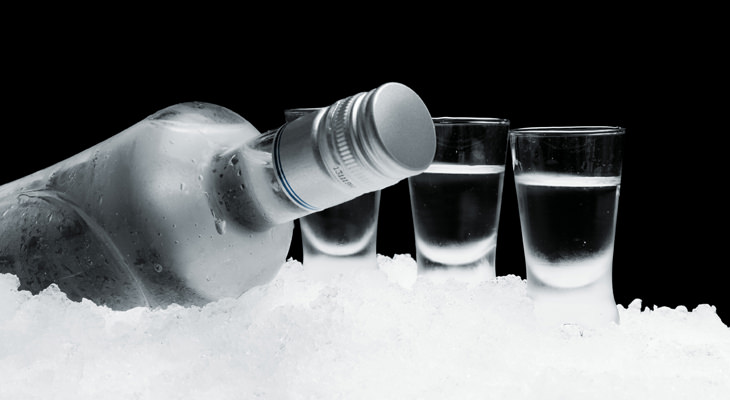
9. It’s impossible to freeze sugar or alcohol
Try as you might, neither sugar not alcohol can be frozen.
10. Puff pastry should really be avoided
If you really must use puff pastry in a recipe you have in mind, refrain from freezing it after preparation.
11. It’s better to defrost something gradually
A food item that you want to defrost should be placed in the refrigerator overnight first, then taken out, and left to finish defrosting on the following day.
12. Whole wheat products can reduce sugar craving
If you happen to be hooked on sugar, try eating whole wheat products to feel your cravings subside.
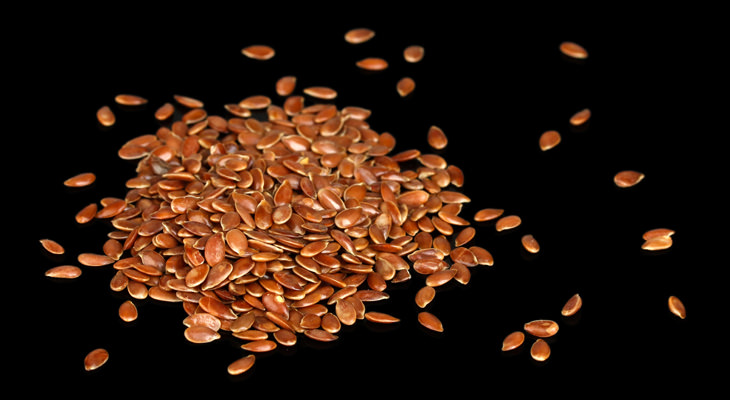
13. A vitamin B12 deficiency can easily be taken care of
Just eat freshly-crushed flaxseeds or cashew nuts.
14. Saccharin is poisonous
This artificial sweetener is made from – wait for it – coal tar. That should be reason enough to ensure you don’t consume it.
15. Dairy products should be stored at the bottom of your refrigerator
The coldest part of your refrigerator is the bottom, so keep your milk and other dairy products as low down as you possibly can.
16. The following are three best practices for handling eggs
• Always wash your hands after touching eggs.
• Store eggs in the refrigerator and keep them well away from other products. The door is the best place for doing so.
• Do not wash eggs unless you intend to use them there and then.
Images (including cover) by Deposit Photos.
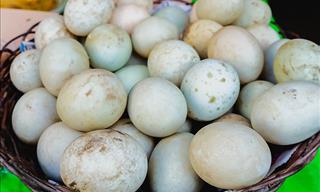
Have You Ever Tried Duck Eggs? Here’s Why You Should
Duck eggs are becoming increasingly popular, and it turns out they are also highly nutritious even more so than chicken eggs.
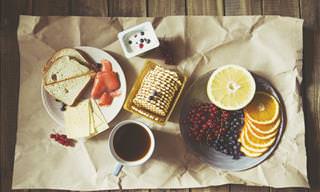
We All Need Some Nutritional Advice From Time to Time...
A nutrition expert answers some of our most common questions and gives some great tips!
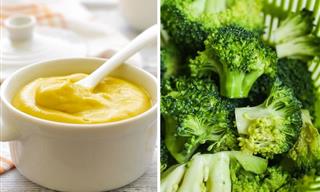
Craving a Healthy Snack? Try One of These Delicious Combos
These surprising food pairings are not just delicious, but they are actually healthier when combined!
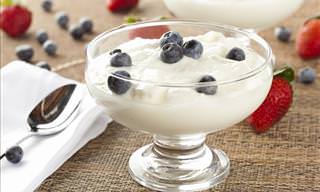
Splitting Headache? Eat Any of These 9 Foods
Forget reaching for the medicine cabinet if you have a headache - try consuming any of the 9 foods and you'll be well on your way to feeling better.
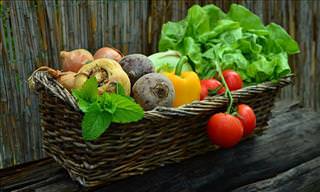
These 10 Healthy Foods Can Be Dangerous If Eaten in Excess!
We all want to eat healthily, but even too much of a good thing can be bad. to make sure you're eating the right amounts of these healthy foods, check out this guide.

6 Nutrition Tips From Experts to Ensure Better Sleep
Making a few tweaks in your eating habits could do wonders for the quality of your sleep, according to experts.
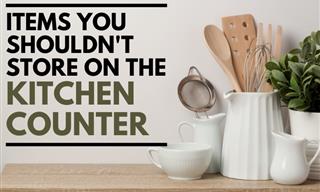
Items You Keep on the Kitchen Counter But Really Shouldn’t
Do you keep a knife holder on the kitchen counter? What about a jar with coffee or spices? Learn why that’s probably a bad idea...
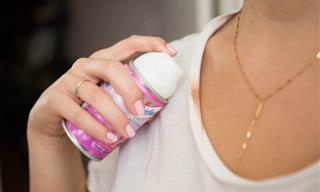
Your Shoes and Clothes Will Not Get Old Any More...
These 20 tips & tricks will help you keep your clothes and shoes looking as spotless as can be, so you can beat stains, spills and crumples in no time at all.

20 Incredibly Helpful Things You Can Do With Vinegar
Here are some great tips on how to use vinegar around the house. Try out some of these solutions and vinegar will never just be a salad dressing again!
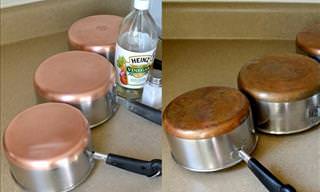
I Use Grandma's Old Trick for Cleaning Copper Pots
This is how to easily clean your copper pots.
 8:22
8:22
8 Easy Ways to Get Your Knife Razor Sharp
Got a blunt knife at home? Sharpen it easily with these nifty hacks.

How to Travel in Retirement Without Overspending - 8 Tips
Want to travel after retirement without breaking your budget? Try these tips.

5 Surprising Health Benefits of Being Stressed
Can stress have a positive effect on your body and mind? Discover the health benefits of stress here.

This Christmas, Make Some DIY Gifts for Our Loved Ones!
Make your loved ones feel extra special with these DIY Christmas gifts.
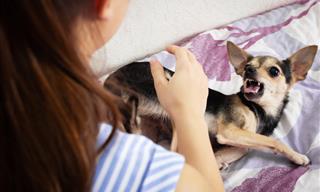
Dog Behavior 101: How Dogs Show They’re Upset
Your dog may be mad at you and may not even know it!

Avoid Getting These Items Wet When You’re Cleaning Them
If you’ve ever cleaned your jewelry, gas stovetop, or leather shoes, or contact lenses with water, you need to read this article.
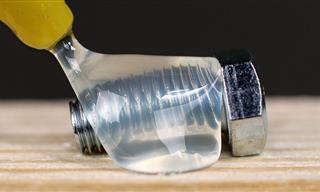 35:19
35:19
Super Tutorial: Top 100 Construction Tips and Hacks
Whether you're a skilled construction worker or just starting out, these practical insights will help you excel using simple tools.
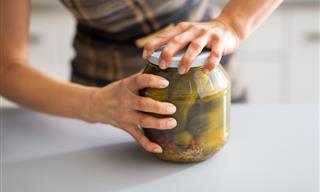
4 Simple Ways to Open a Jar Lid That’s Stuck
Opening a jar can be quite tricky and sometimes seemingly impossible, really, but with these tricks, you'll be able to twist it open in no time!
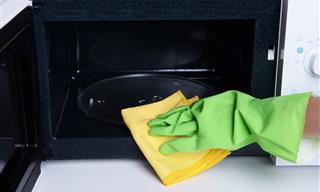
12 Ways to Remove Odors from a Microwave
If your microwave has lingering smells despite regular cleaning, here are 12 DIY solutions to neutralize those odors effectively.
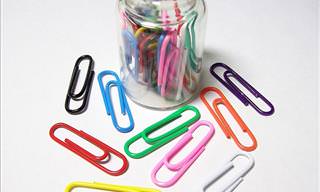
12 Useful Tips That Help Solve Problems Around the House!
Want to skip the ironing? Have reusable grocery bags all over the place? With the following 12 tips, you can solve various problems in life ...
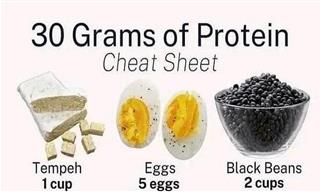
13 Cool Guides & Infographics You Never Knew You Needed!
These unique guides might change your perspective on a lot of things.
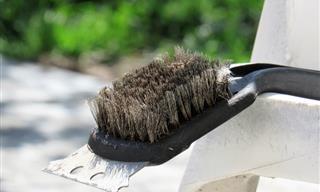
9 Surprising Uses for a Grill Brush Beyond the Grill
The grill brush isn’t just for cleaning your grill; it has many handy uses in your home.
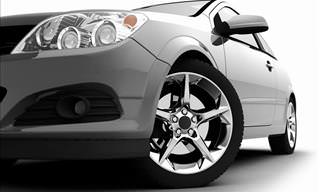
How Often Do You Wash These Items? We're Guessing Too Much
How often do you wash these 10 items? Probably a lo more than you need to...
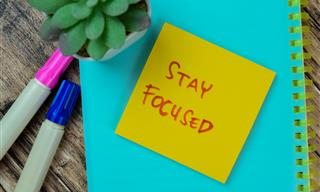
Does Your Mind Wander? Here are 9 Tips for Keeping Focus
By incorporating these nine techniques into your routine, you'll find it easier to stay on track and maintain focus throughout the day.
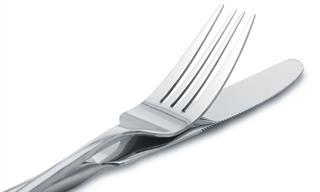 7:08
7:08
Woah! Who Knew the Humble Fork Had This Many Uses?
Have a look at these unique but very useful fork hacks - they'll make your life a whole lot easier!

Avoid 10 Design Mistakes to Make Your Home More Spacious
Interior decoration is a lot tougher than it seems, no wonder these 10 mistakes are so very common. Care to find out if you're guilty of any?
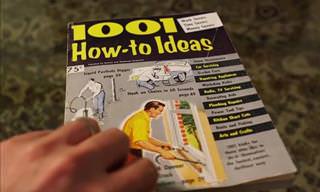
This Guy Found a Tip Book from the 60s, And It's Genius!
It turns out lifehacks aren't only a thing of the present, the 60's had their own book of tips and tricks to make life easier, and here are 8 of the best!
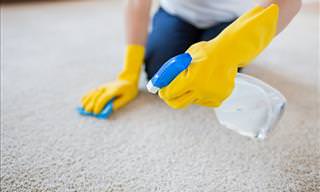
How to Clean the House Quickly and Efficiently
There are plenty of cleaning hacks out there, but which ones actually work? Find out here!

A Financial Checklist for Every Decade of Your Life
Here’s a decade-by-decade guide to help you stay on track and make the most of your money at every stage of life.
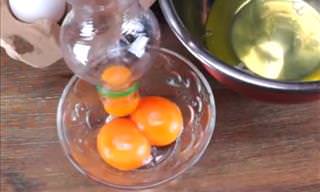
This Is How to Separate Egg Yolks: It's So Easy!
Whenever I've tried to separate egg yolks, my success rate has been very low, wasting time and eggs. But this video has taught me how to finally do it. Hurrah!

We Bet You Didn't Know ChapStick Had So Many Good Uses
Did you know that ChapStick can do a lot more than heal dry lips? Here are 12 unexpected uses!
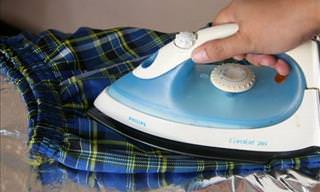
Tips That Prove Aluminum Foil Isn't Just for the Kitchen!
There are numerous uses for aluminium foil outside the kitchen that most of us never knew to be possible. Take a look for yourself.
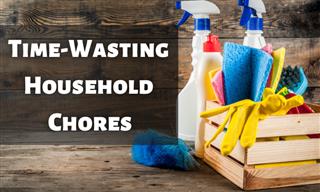
7 Household Chores That You Should Do Less Frequently
Keeping up with our homes can take a lot of time and energy. But not all of them are worth your time and effort.
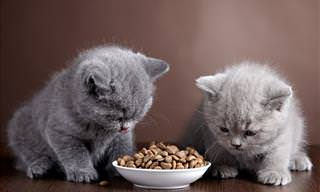
Knowing These 12 Warning Signs Could Save Your Pet's Life!
If your pets exhibit any of these 12 symptoms, you should take them to the vet immediately!
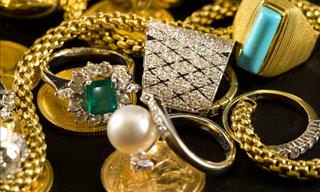
Learn How to Spot Fake Jewelry With This Guide
Fake jewelry has been around for a long time, with silver being sold as white gold and fake hallmarks being engraved into pieces of jewelry. Unsure if your jewelry is real or fake? This guide explains all.

Learn About 4 Types of Bosses and How to Deal With Them
There are tons of books that teach bosses how to be bosses, but now its time for employees to learn how to deal with their bosses!
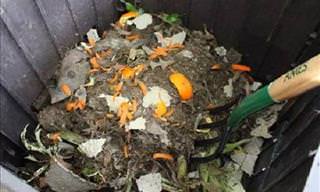
Enrich Your Soil with This Easy-To-Make Compost
Enrich your soil and provide your plants with all the nutrient that they need by making this compost.

Read These Tips and Banish Your Self-Doubt for Good!
There are small things that we can do to help conquer self-doubt and this infograph reveals all.
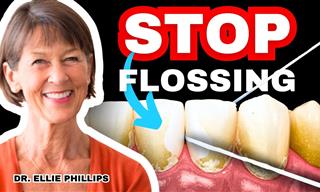 29:09
29:09
What Dentists Don’t Always Tell You About Flossing
There’s a lot more to flossing your teeth than you were told...
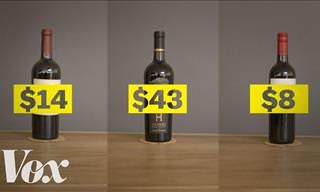 3:32
3:32
Is Expensive Wine Really Better Than The Cheaper Variety?
Does price have to do anything with how tasty a bottle of wine really is? Find out in this video, we were surprised to hear the answer.
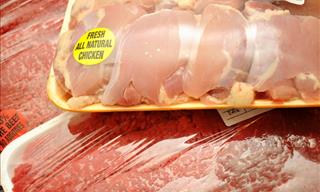
Don’t Throw Out These Foods When They Hit The Expiry Date
All 14 of these foods shouldn’t typically be tossed when they reach their expiration date, and you’re about to find out why.
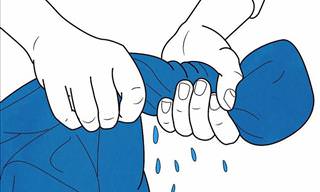
Need Your Clothes to Dry Fast? Here's What You Should Do
When your clothes are wet, and you need them to dry quickly, what do you do? This guide will tell you all you need to know.
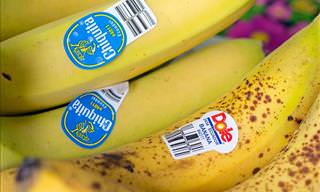
Shocking! This is What the Bar Code on Produce Means
What do the stickers on your produce mean? Find out here.
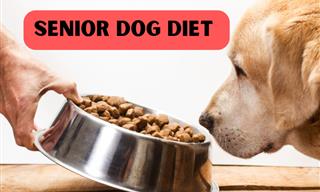
Nutritional Tips for Older Dogs: Diets That Work
Make sure your senior dog stays healthy with these tips.

4 Tests for Hair Health You Can Perform at Home
To avoid an unpleasant surprise about the poor health of your hair, it is recommended to perform the following 4 tests that anyone can do at home in just a few minutes.
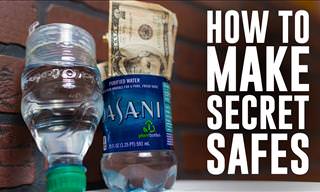 8:03
8:03
DIY: Hidden Compartments and Secret Safes for Your Home
Here's a fun and brilliant video on how to make your own secret safes to hide your valuables, using only items found at home.
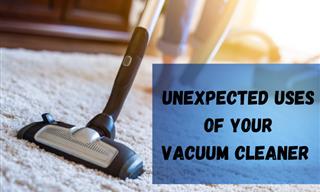
9 Unexpected Uses of Your Vacuum Cleaner
Your vacuum cleaner has these unusual and surprisingly helpful advantages.
To enable your Ad-Free Subscription, please fill the fields below
Your subscription was successful, now you can enjoy an ad-free experience!!
Note: To make sure you get no ads, please make sure to log in to your account. If you are logged in already, then refresh the page. The subscription can be cancelled at any time.


